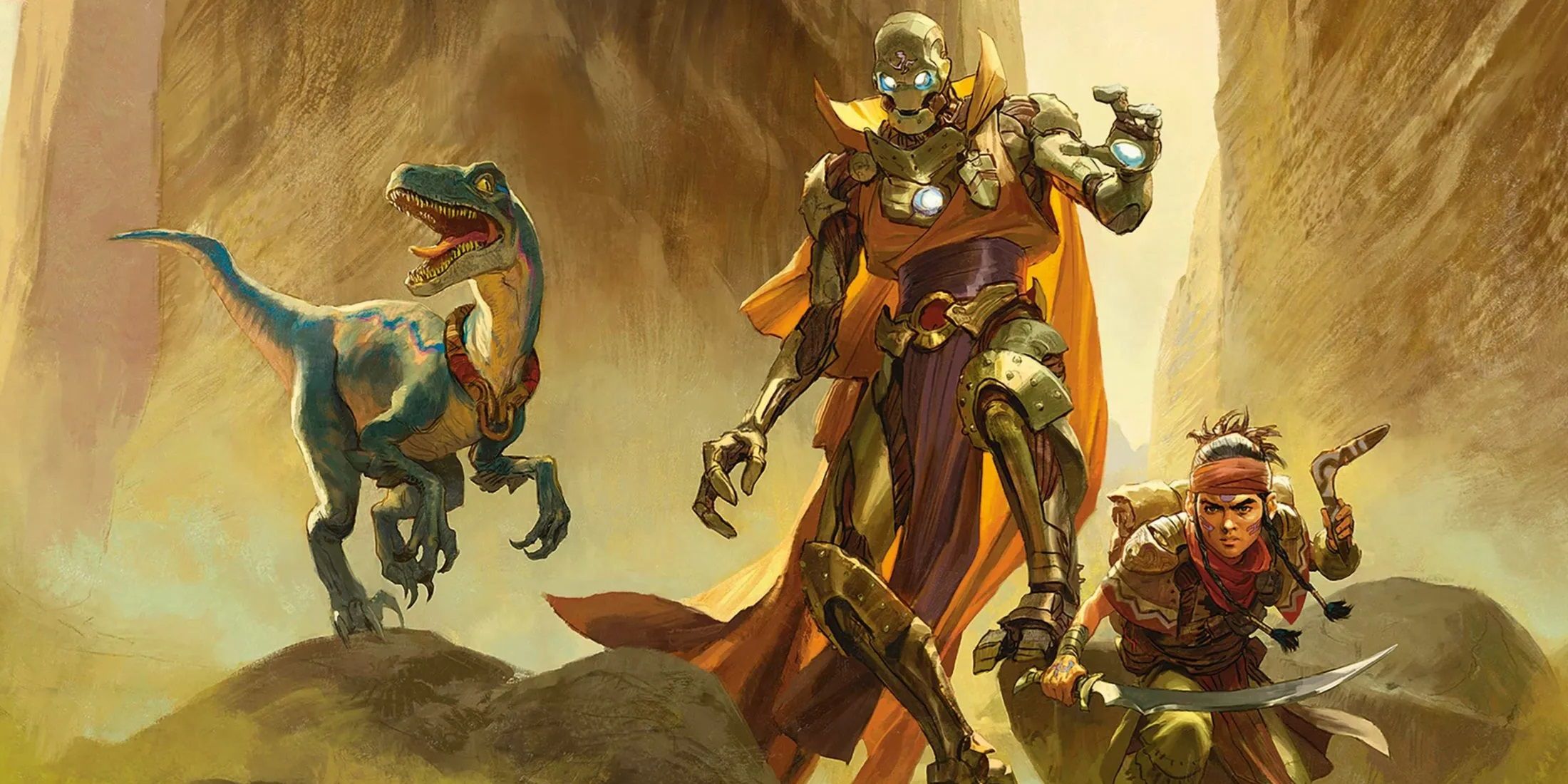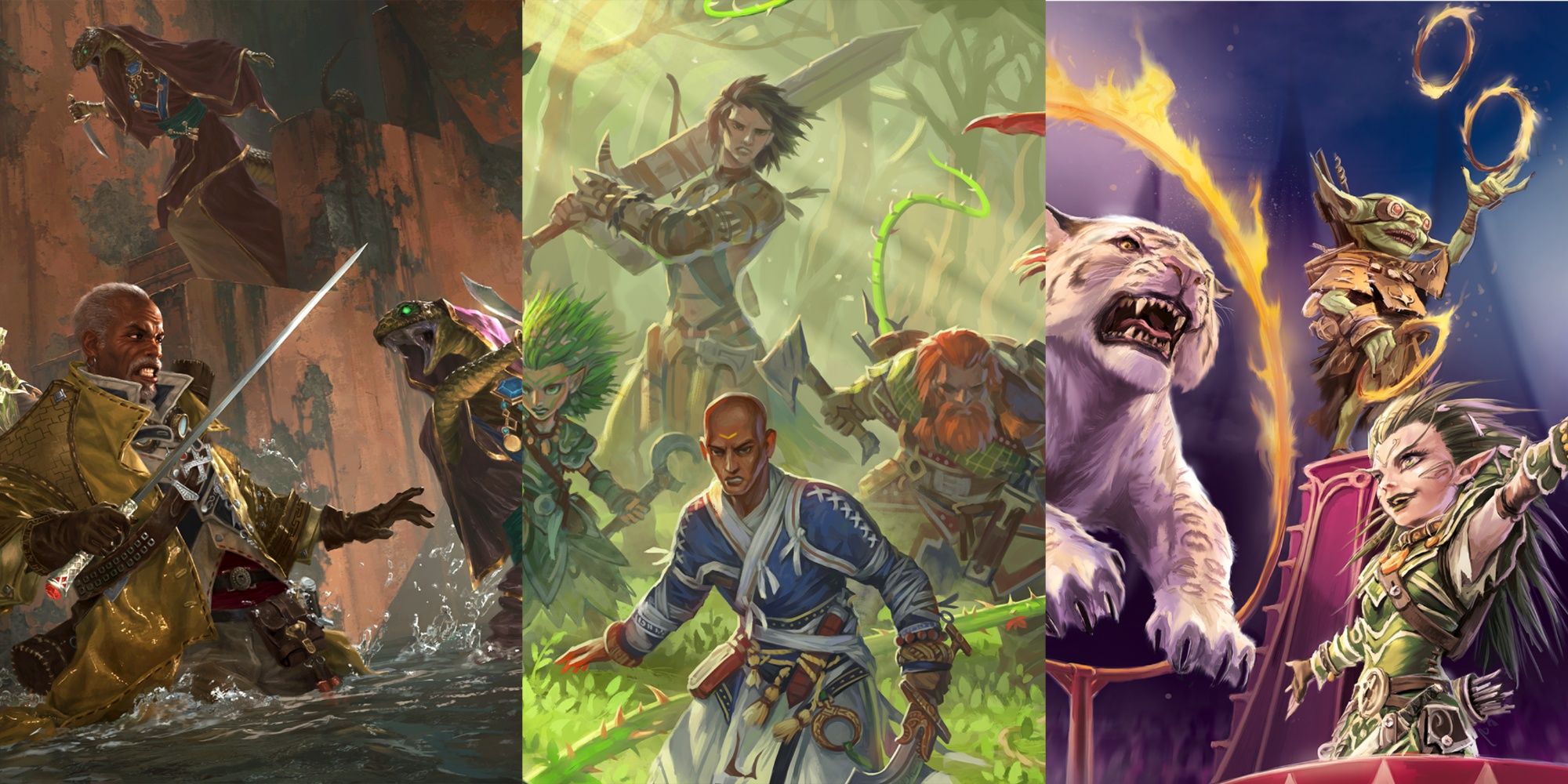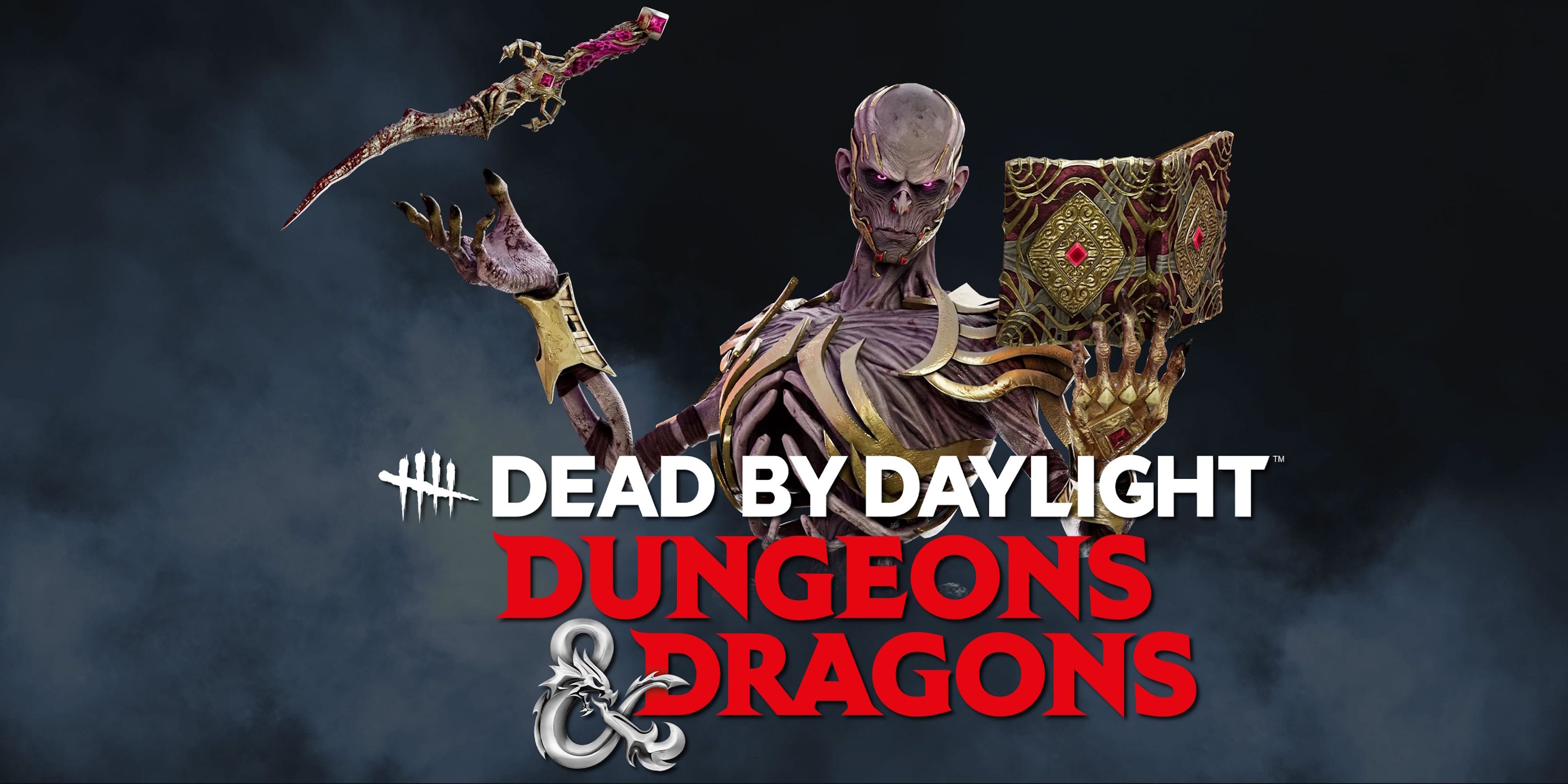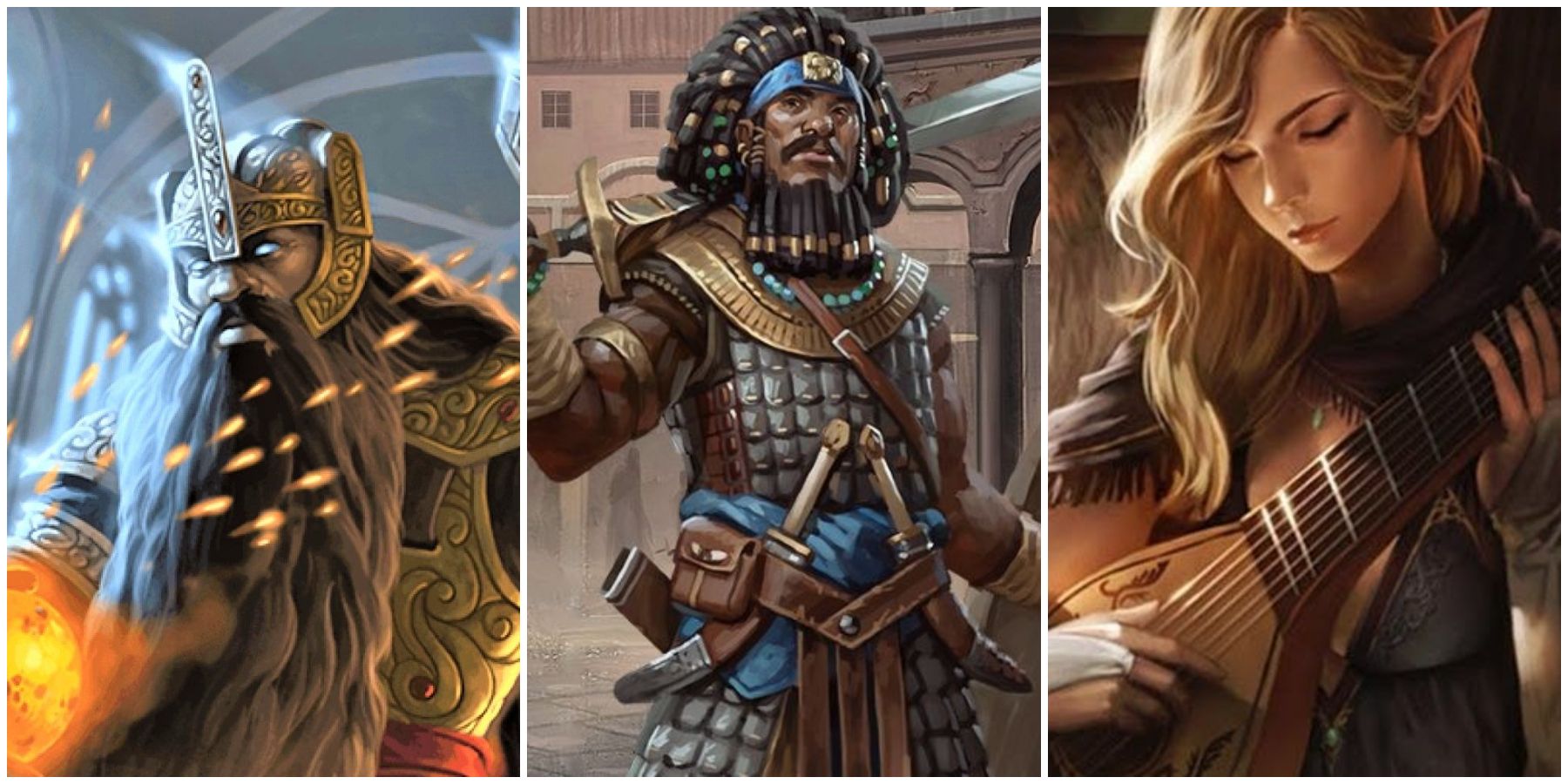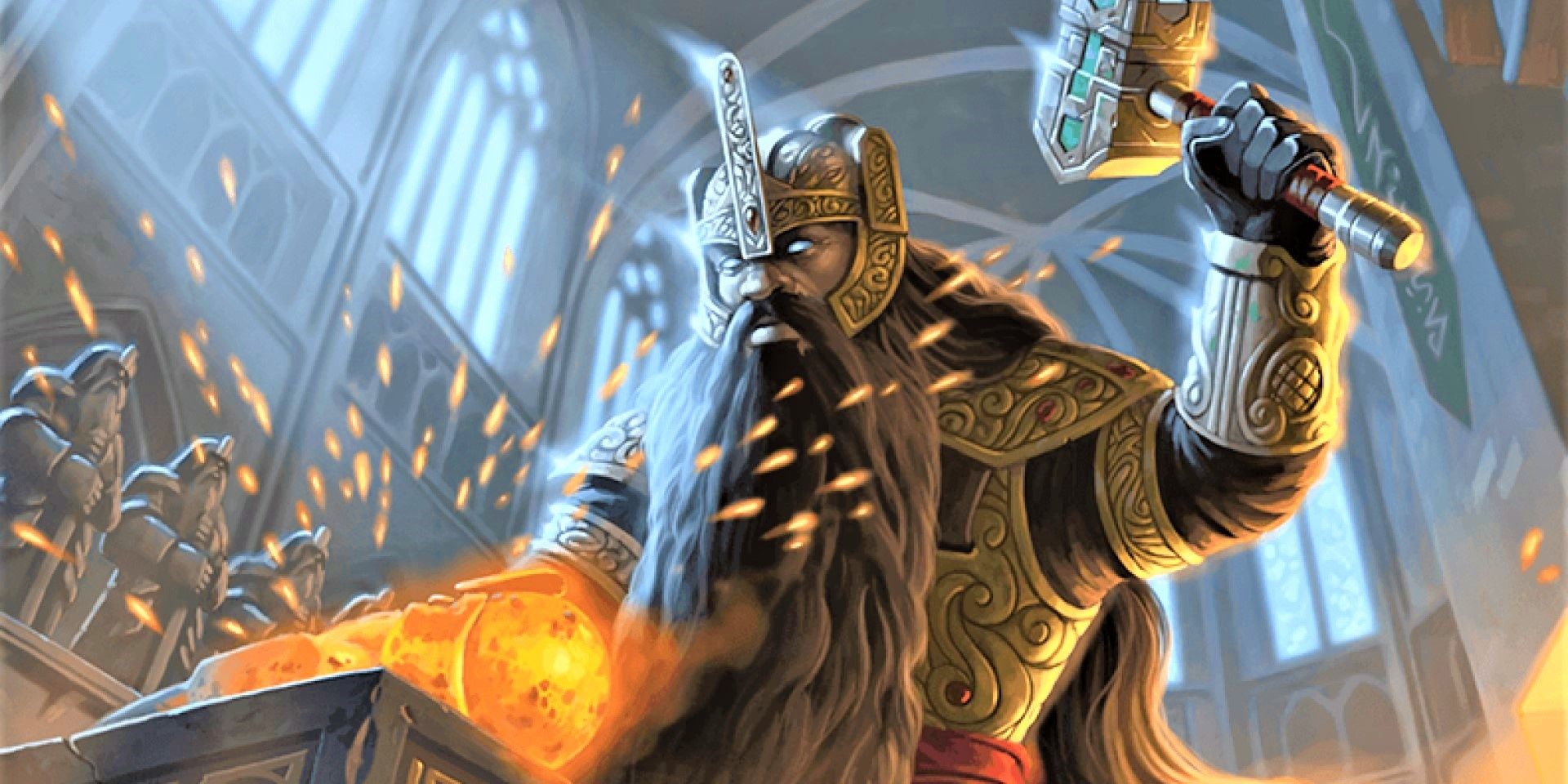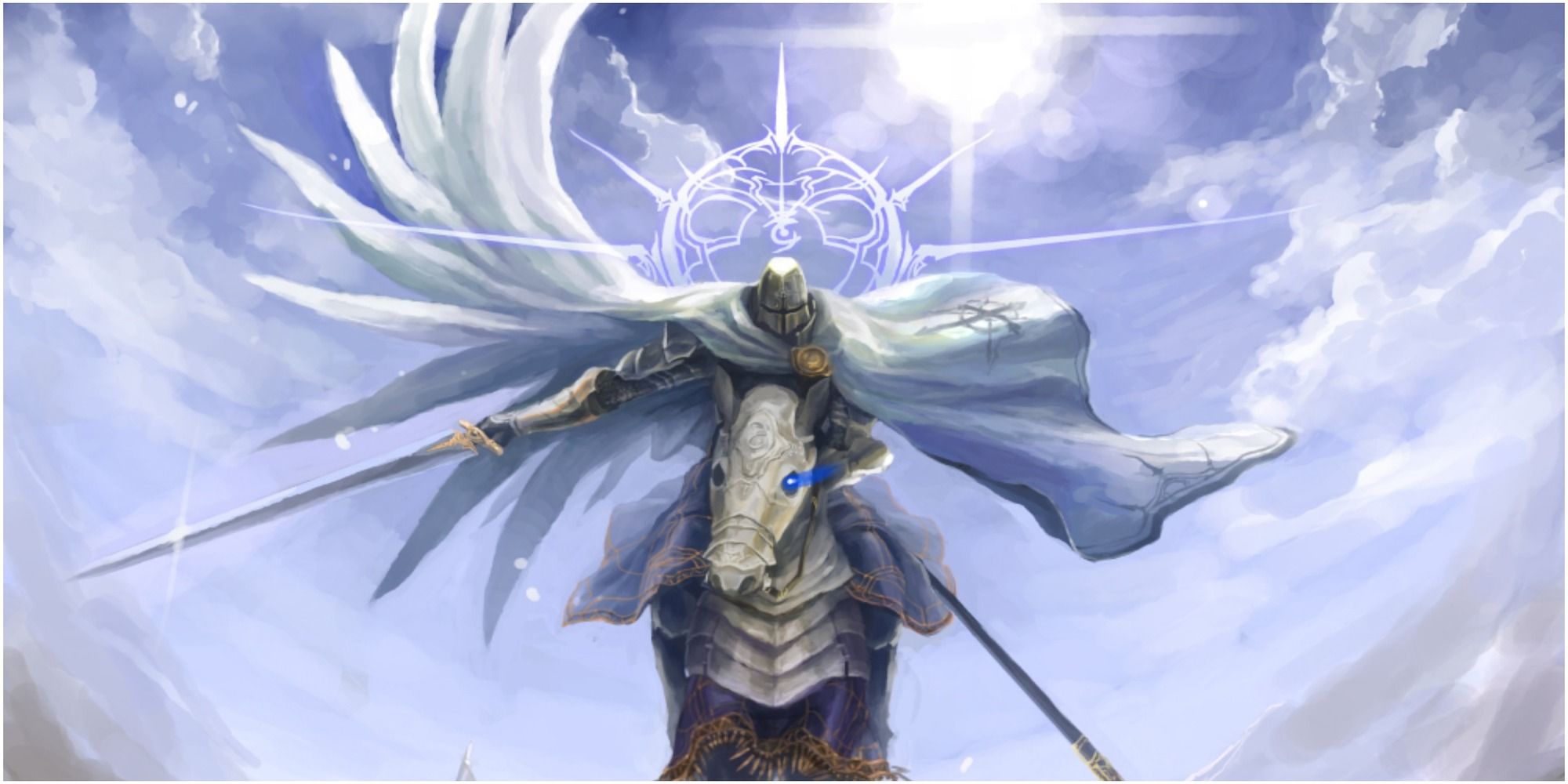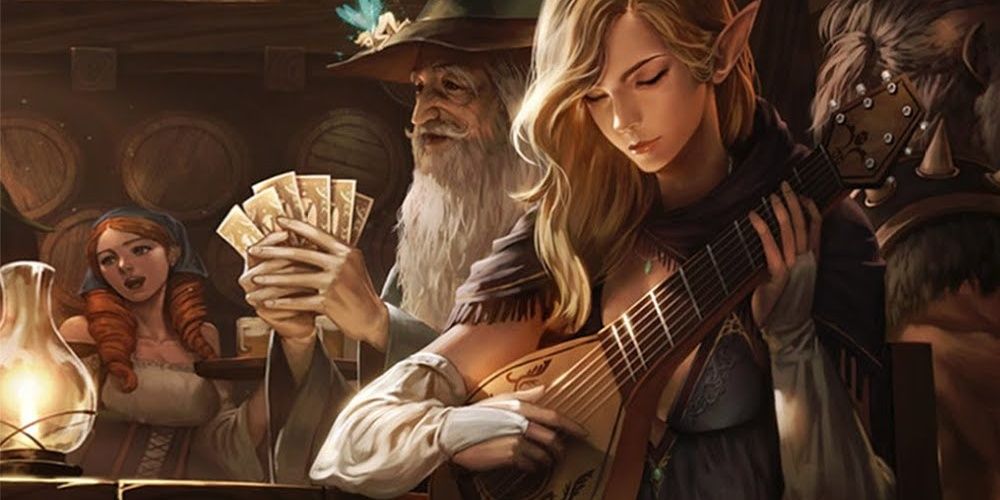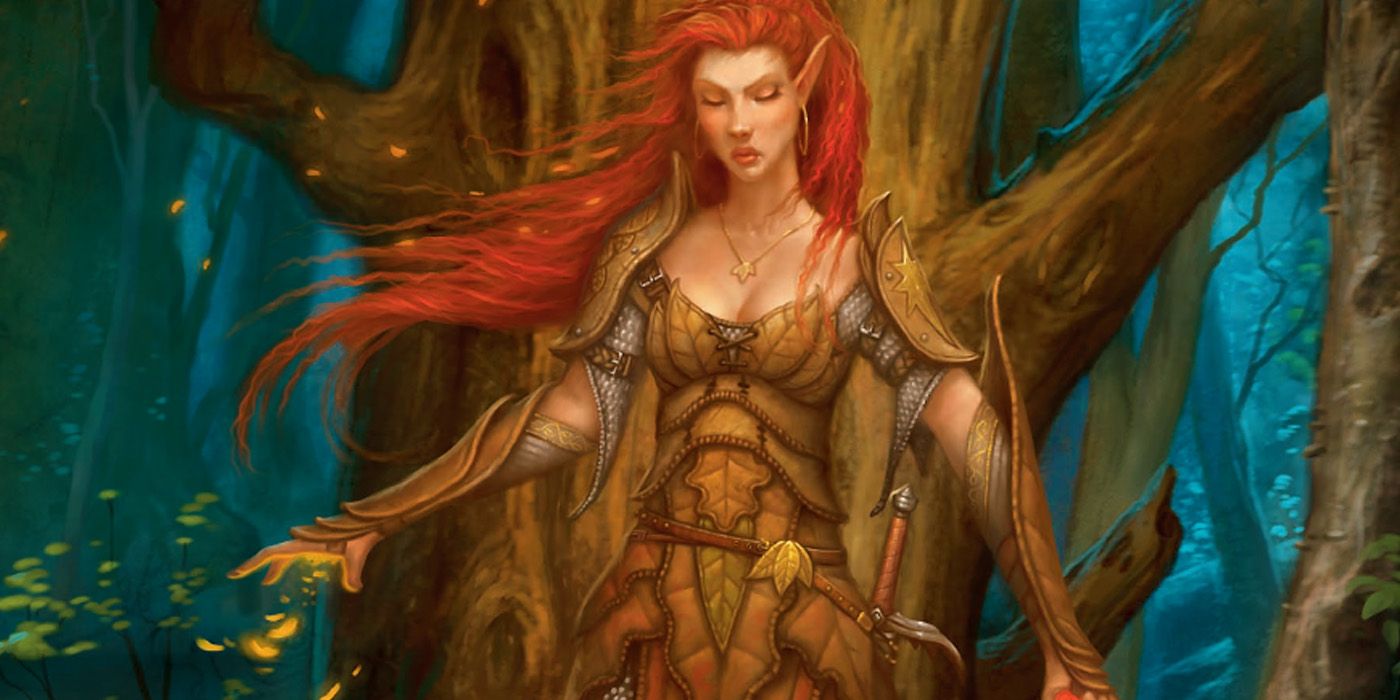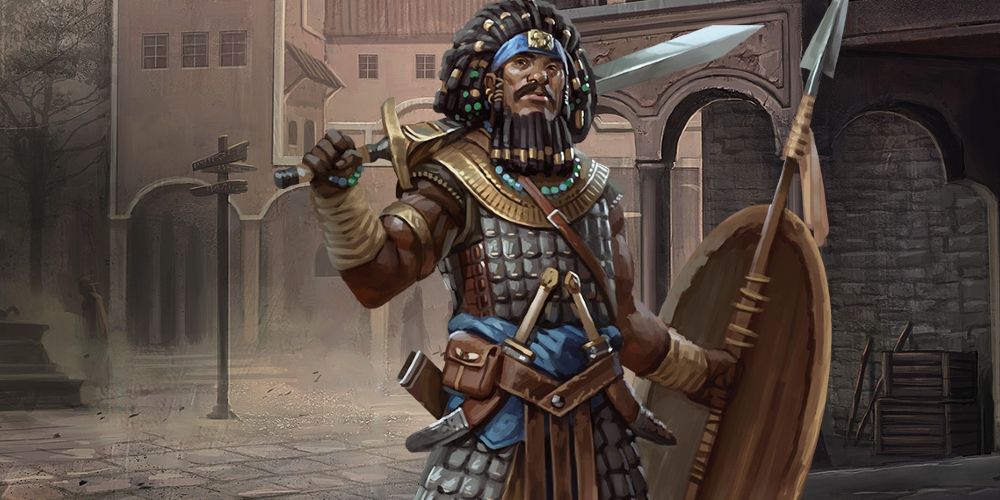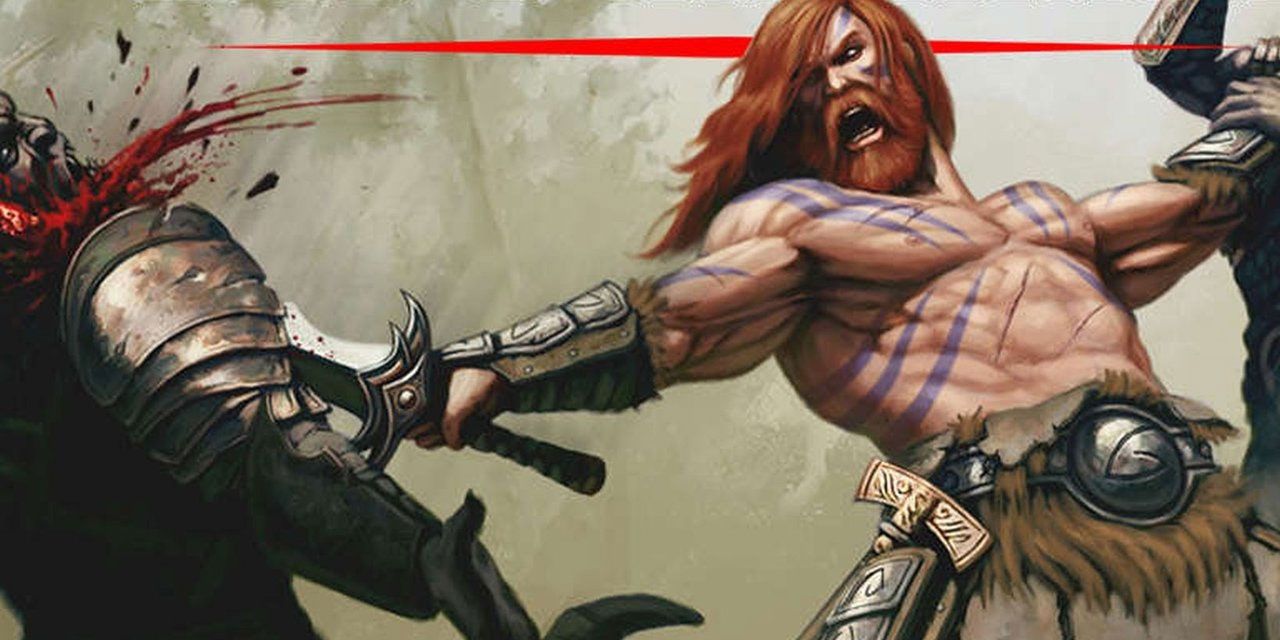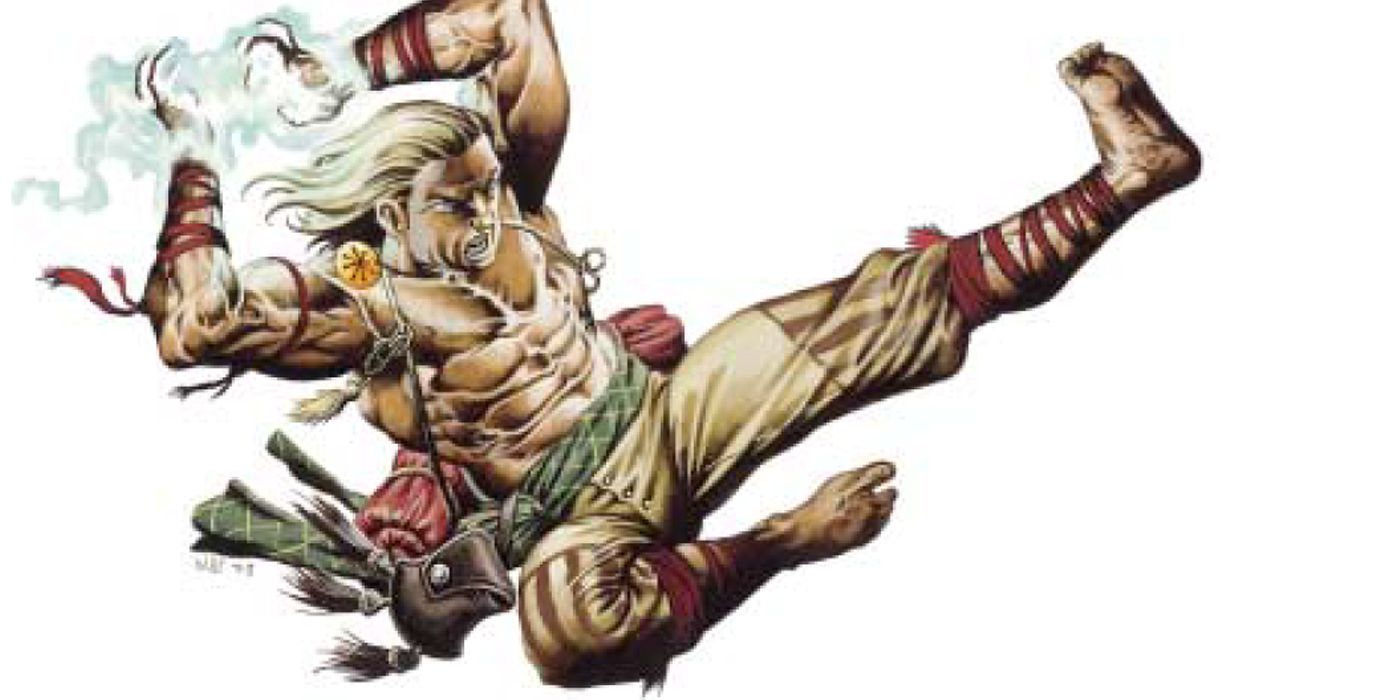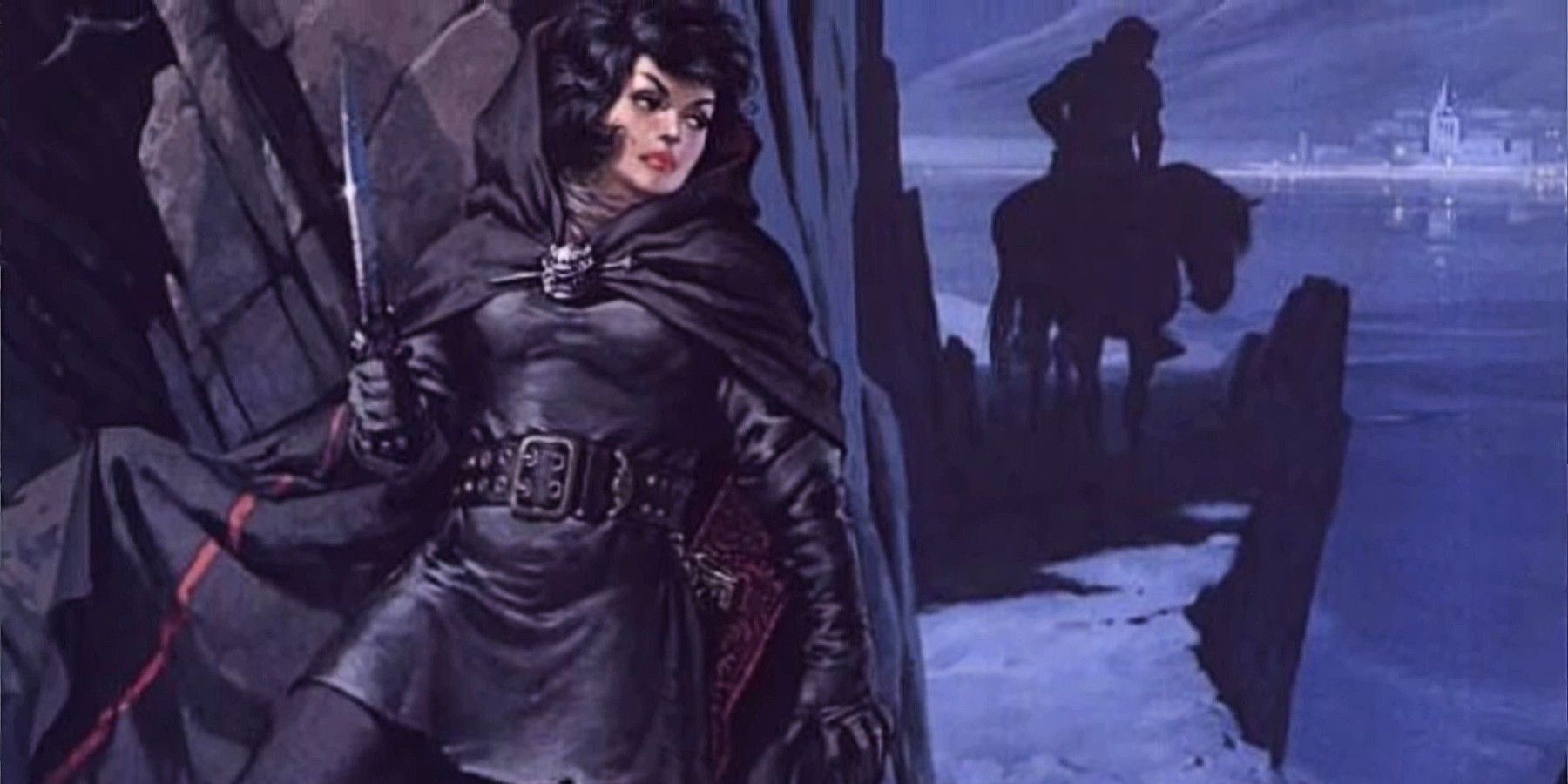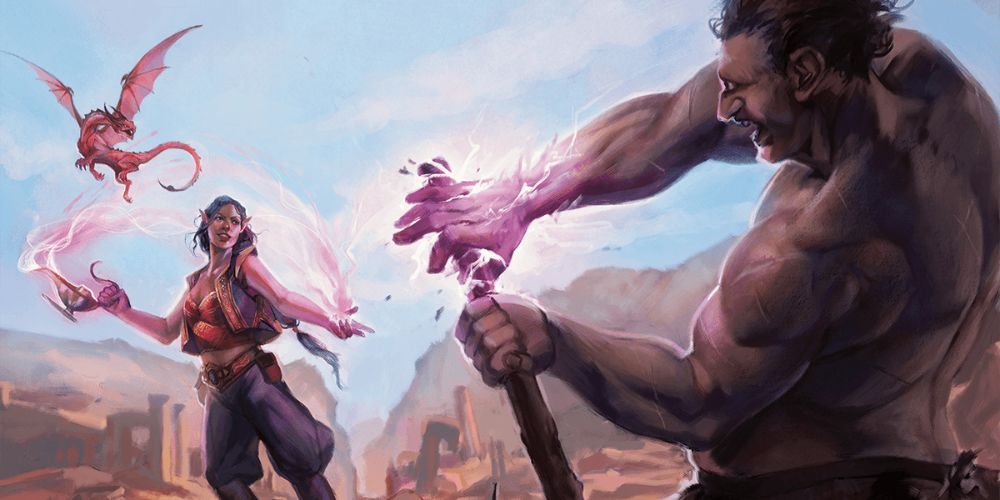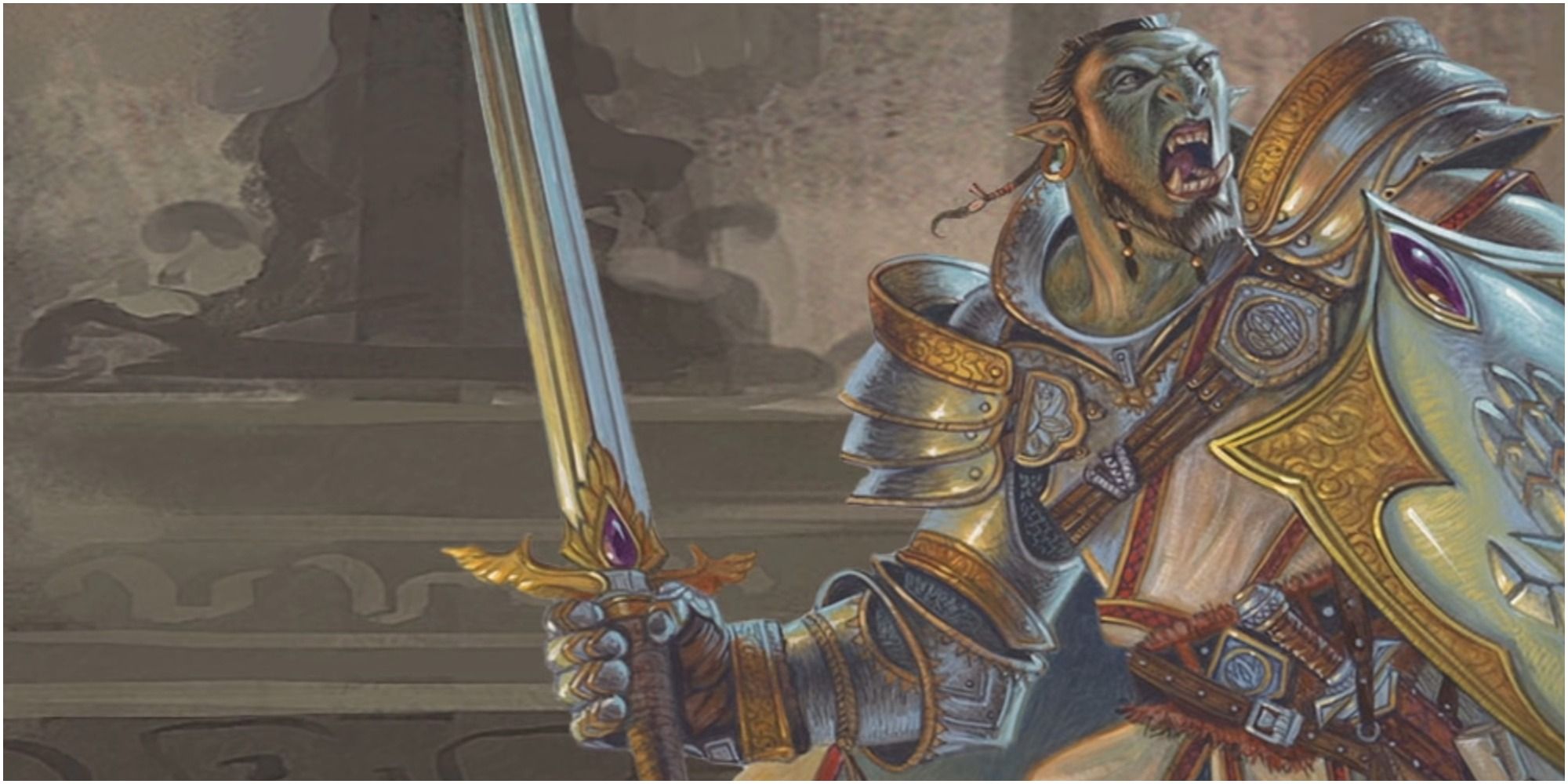Giving the Dungeon Master a blindsiding challenge in the form of impressive class knowledge can often result in some exciting encounters in a Dungeons & Dragons campaign. Because usually, no one expects an overpowered goblin slayer who inadvertently makes enemies explode at a low level. Such magical moments are achieved in a D&D game if a player knows how strong their classes can be at the start.
It just so happens that some classes show their strengths earlier compared to others in D&D. Some class features are simply too powerful to ignore and easily make low-level games more engaging despite the general assumption that not much happens at that point in a campaign. So those looking to start strong ought to consider these classes and their features. Also, by beginner, we'll be referring to the first two levels as most classes become automatically powerful come the third level.
10 Channel Divinity: Turn Undead - Cleric
- Available at: Level 2
- Usage: Crowd control
Clerics are not just great for healing but they can also be incredible tanks or devastating spellcasters especially once they start veering off from their healer stereotypes. As soon as Clerics hit level 2, they get the Turn Undead Channel Divinity feature which allows them to pretty much nullify most undead fodder or threats.
For a low-level or even a mid-level party, this is an awesome class feature since a lot of zombie-type enemies in the game have an annoying paralysis attack. Turn Undead basically makes any undead enemy run away from the Cleric if they fail a Wisdom saving throw. Pretty handy against DMs who love to throw zombies at the party.
9 Lay On Hands - Paladin
- Available at: Level 1
- Usage: Modular healing and disease curing
Who needs a Cleric when a Paladin can also heal the whole party? Lay on Hands is a blessed touch that allows Paladins to heal their allies or themselves in contact. They can also use it to cure disease or poison, making it handy and even preferred in sticky situations. What makes it situationally better than the regular heal is that it has charges that replenish on a Long Rest. Paladins can split up these healing or curing charges which effectively makes Lay on Hands a blanket heal.
A Paladin can use this for emergency heals or to keep themselves tanky in the thick of the fight. Either way, it makes them or their party members harder to kill and a lot more resilient. In lower levels, this can be a godsend as many players tend to commit lots of newbie mistakes and most enemies don't have much action variety other than attacks.
8 Bardic Inspiration - Bard
- Available at: Level 1
- Usage: Attack roll, saving throw, or ability check buff
Bards are a godsend in any party and they can just be as desirable a support as Clerics. That's because apart from having a versatile spellcasting option, they also have a long buff that increases most chances of success. That would be Bardic Inspiration and Bards can cast them to party members for an additional d6 die to their attack roll, saving throw, or ability check.
The best part about the Bardic Inspiration buff is that any beneficiary can opt to use the d6 until after they have the results of their attack roll, saving throw, or ability check. That very well means they can fish for successful dice rolls in the event those come up short of a few points.
7 Wild Shape - Druid
- Available at: Level 2
- Usage: Turning into an animal for combat or exploration versatility
Druids are one of the most interesting classes in the game thanks to their flexibility and playstyle variety. They begin looking more unique compared to other classes once they hit level 2 where they can Wild Shape into another creature or animal.
At the second level, their options are rather limited as they can mostly turn into land animals but being able to turn into a spider and sneak into small spaces is highly valuable in campaigns or in gaining an advantage in encounters. Moreover, Wild Shape scales well even on higher levels.
6 Action Surge - Fighter
- Available at: Level 2
- Usage: Extra actions
Action Surge is one of the best things about the Fighter class as it lets players perform an additional action per turn. It's essentially similar to a high-level spell or ability called Haste which lets players maximize their turns. For min-maxer-type players, this is astoundingly good. Heck, pair it with Haste and it becomes absolutely broken.
If not, then any other type of player can perform some pretty heroic clutch moves with this where they can pivot a losing fight into a victory. That extra action can be an attack, a health potion shower, or something more creative. It also helps that Fighters can refresh this class feature on a Short Rest, meaning they don't have to conserve it too much.
5 Reckless Attack - Barbarian
- Available at: Level 2
- Usage: Advantage on attack rolls
Fighters and Paladins are among the big three melee classes that can dispatch single targets with ease. The third one is the Barbarian and it's all thanks to their Reckless Attack. It lets Barbarians trade in their defenses for a chance to roll an additional d20 die on their attack.
At the very least, this lets Barbarians hit a high-armor target. At most? It lets them fish for natural-20 crit rolls which is why the Barbarians are some of the most favorite classes among min-maxers who love to wow their whole party with frequent crits. Reckless Attack does have a downside as any attack against the Barbarian has an advantage on the round they used the class feature— assuming whoever will attack them is still alive.
4 Ki - Monk
- Available at: Level 2
- Usage: Various extra offensive, defensive, or tactical actions
Monks might not have the dizzying damage capabilities of the Fighter, Barbarian, or Paladin, but they do make up for it with their utility. The Monk's Ki feature, for example, gives them three special abilities that they can use by spending Ki points which are unique to the class.
This either lets them dish out two more unarmed strikes, use Dodge as a bonus action, or use Disengage or Dash as a bonus action. Either way, Monks excel at gaining tactical advantage against enemies and can even survive some trick or lopsided encounters or ambushes that other party members can't thanks to Ki.
3 Cunning Action - Rogue
- Available at: Level 2
- Usage: Defensive or stealth maneuvers
Rogues can be fragile and thus not recommended for beginners but they do make it easier for sneaky players by having the Cunning Action feature. This lets them Disengage, Dash, or Hide even when in combat. The best part is that Cunning Action treats those three moves above as bonus actions, meaning they don't interfere with regular attacks.
Most of the time, Rogues who wish to maximize their Sneak Attacks or deal tons of damage tend to use the Hide component of the Cunning Action. Meanwhile, Rogues can easily zip in and out of combat and reposition with Disengage.
2 Eldritch Blast - Warlock
- Available at: Level 1
- Usage: Reliable and high-damage cantrip
Finally, Eldritch Blast. It's the spell exclusive to the Warlock that Wizards and Sorcerers wished they had. Because Eldritch Blast is a no-nonsense and highly-modifiable damage cantrip— arguably the best in the game. It starts out as 1d10 force damage but easily gets buffed as the Warlock gains a few levels. It also scales well in late-game thanks to Eldritch Invocations.
An underrated quality of Eldritch Blast is that its range is 120 feet. That means any Warlock can easily snipe some poor melee or even ranged enemies. It also has multi-target capabilities since Warlocks can split the beam at higher levels. So when in doubt, Eldritch Blast.
1 Divine Smite - Paladin
- Available at: Level 2
- Usage: Extra radiant damage
Oh, but who needs an extra action that might fail when one can turn a natural-20 crit roll into Judgment Day for a single beefy target? Such is the case for the Paladin and their Divine Smite. Divine Smite arguably is the most beautiful boost in the game as Paladins can choose to apply it on top of a successful attack using a spell slot.
Divine Smite adds 2d8 radiant damage (at the lowest spell slot level, it gets more powerful per level) on top of the weapon damage. If the attack roll is a crit, the Divine Smite will also crit, meaning double damage. Oh, also if the target is undead, then they get an additional 1d8 damage (which also doubles on a crit). This class feature can easily ruin a DM's plan and end boss fights prematurely.

